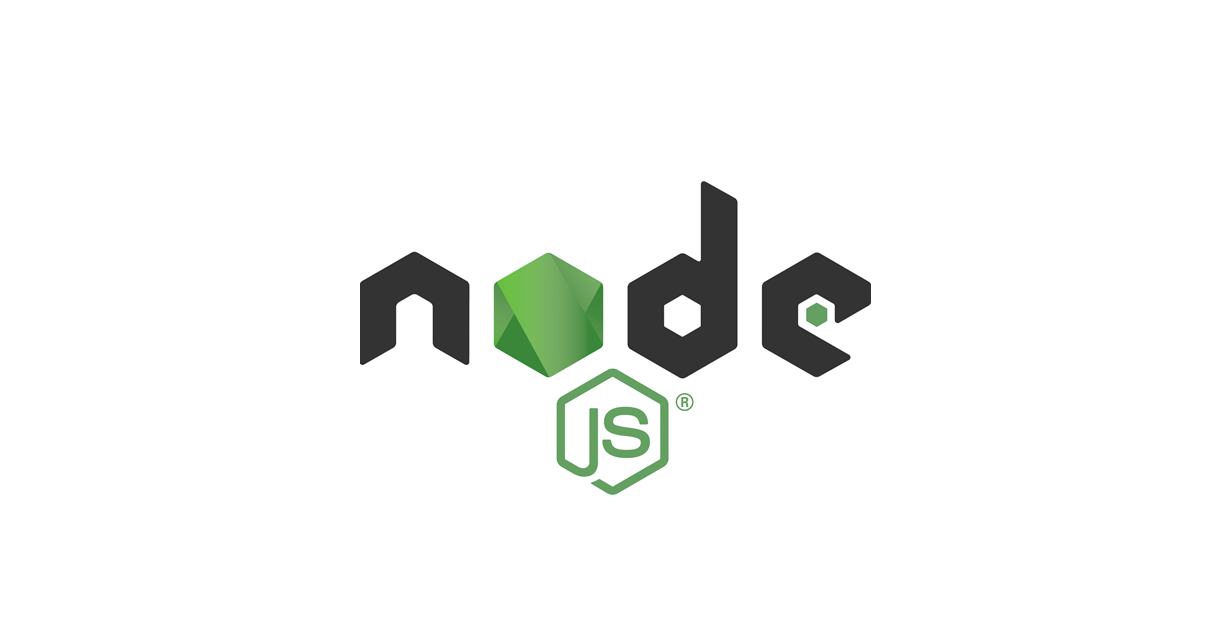

path - The file path to save the image to.delay - Specifies the delay between each internal screenshot in milliseconds.Optionsīeside below options, all Puppeteers page screenshot options are supported. To fix this issue, you need to add custom styles to reset sticky positioned elements just before taking the screenshot. NOTE As this library scrolls down to take screenshots, sticky elements may appear multiple times on the final image. Import fullPageScreenshot from 'puppeteer-full-page-screenshot' Ĭonst browser = await puppeteer.launch() Īwait tViewport()
#Puppeteer screenshot path install
Npm install puppeteer-full-page-screenshot -save

It takes multiple screenshots internally then merges them.
#Puppeteer screenshot path full
You can use this library to take full page screenshots with puppeteer without worrying about above said issues. To find more information about these issues check here and here. It contains the captured screenshot of the page launched in the browser.Puppeteer has the option of taking full page screenshot but it doesn't perform correctly if the page is tall or it contains elements that size relatively to the viewport (ie. Init a new Node.js project in the folder. mkdir puppeteer-screenshot cd puppeteer-screenshot. So in our example, we shall run the following command −Īfter the command has been successfully executed, a new file called the tutorialspoint.png gets created within the page directory. Create a new folder for your project and go to the directory.
#Puppeteer screenshot path code
Step 4 − Execute the code with the command given below − Step 3 − Add the below code within the testcase1.js file created.Īwait p.setViewport() Step 2 − Enter a filename, say testcase1.js. Right-click on the folder where the node_modules folder is created, then click on the New file button. The details on Puppeteer installation is discussed in the Chapter of Puppeteer Installation. Step 1 − Create a new file within the directory where the node_modules folder is created (location where the Puppeteer and Puppeteer core have been installed). To begin, follow Steps 1 to 2 from the Chapter of Basic Test on Puppeteer which are as follows − Let us capture the screenshot of the below page − Path: 'tutorialspoint.png', fullPage: true To capture the full page screenshot, we have to pass another parameter called the fullPage and set its value to true. const puppeteer require ('puppeteer') async function getPic. These suggestions ranged from using async function, to using try-catch blocks. I browsed many forums and topics that suggested many different things, which i applied. I had many troubles with Unhandled Promise Rejection errors. With this, only the viewable part of the web page shall be captured. I am trying to take a screenshot with puppeteer. Here, the path where the screenshot is to be saved is passed as a parameter to the method. The syntax to capture screenshot in Puppeteer is as follows − A screenshot is generally captured if we encounter an application error, a failure in a test case, and so on. We can capture screenshots while working on automation tests developed in Puppeteer using the screenshot method. Comparison Between Puppeteer & Protractor.

To do this, hover the mouse over the logo, right-click and select View code in the context menu (or press Ctrl+Shift+I) that appears: The developer panel will open on the right, where you will see the page code. First, let’s define the name of our element selector.


 0 kommentar(er)
0 kommentar(er)
